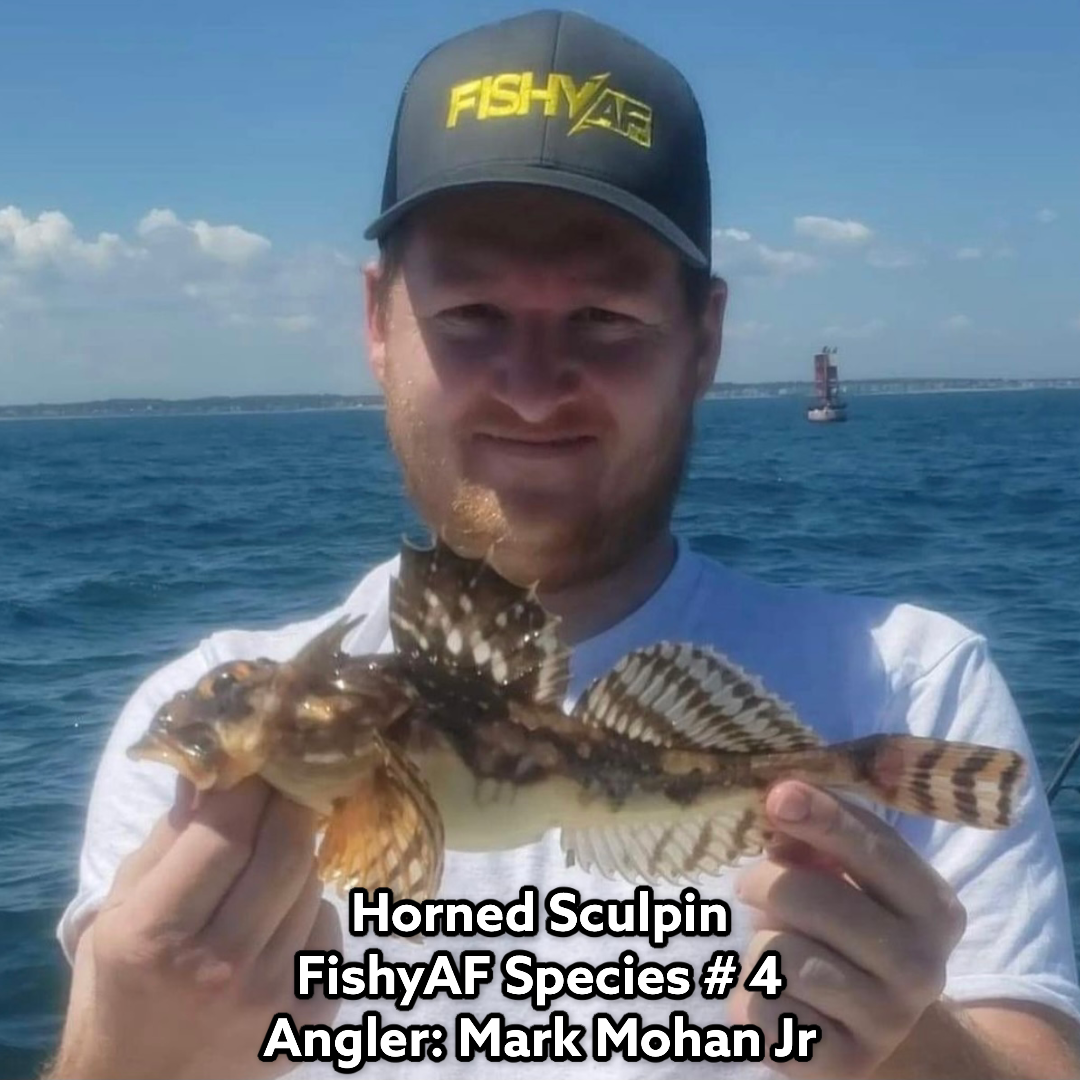
Horned sculpin, also known as Myoxocephalus scorpius, are a type of fish found in the Atlantic and Pacific Ocean, as well as in the Arctic and Baltic Sea. They are characterized by their elongated, spiny bodies, which are typically a mottled brown or green color. Horned sculpin have large, spiny fins and a distinctive, horn-like protrusion on the top of their head, which gives them their name.
Horned sculpin are typically found in cold, coastal waters, where they feed on small fish and invertebrates. They are bottom-dwelling fish and are often found in areas with rocky or sandy bottoms. The average length and weight of a horned sculpin can vary depending on their location and age, but they typically grow to be about 10 inches long and weigh around 1 pound.
Fishing for horned sculpin typically involves using a variety of techniques, including bottom fishing, jigging, and casting. Bottom fishing is a popular technique, as it allows anglers to target the sculpin where they are most commonly found. Jigging and casting can also be effective, particularly when the fish are feeding near the surface.
Some of the best places to catch horned sculpin include the coasts of Maine, Massachusetts, and California. These areas are known for their abundant populations of horned sculpin and provide anglers with excellent opportunities to catch these tasty fish.
There are many delicious ways to cook horned sculpin, but two popular options include frying and baking. To fry horned sculpin, simply season the fish and coat it in flour, egg, and breadcrumbs. Fry in hot oil until the fish is golden brown and crispy, about 4-5 minutes per side. To bake horned sculpin, season the fish and place it in a greased baking dish. Bake at 400 degrees Fahrenheit for about 10-15 minutes, or until the fish is cooked through.
The world record horned sculpin was caught off the coast of Maine in 1985 by angler William H. Neff. The fish weighed in at an impressive 2 pounds and 13 ounces, and was over 15 inches long. This record remains unbroken to this date.
For more information on horned sculpin, visit the Wikipedia page: https://en.wikipedia.org/wiki/Horned_sculpin.
